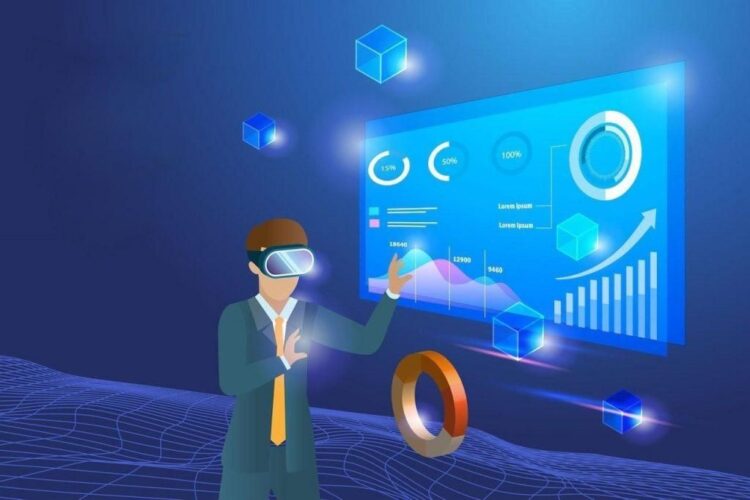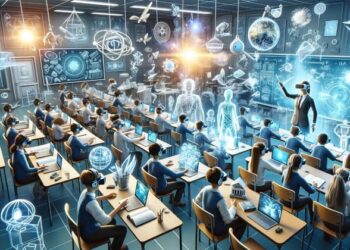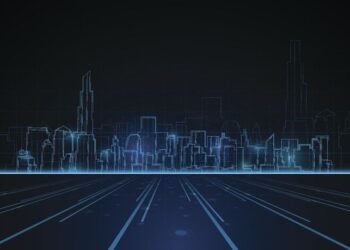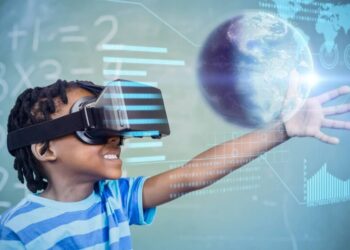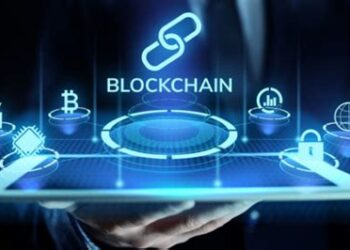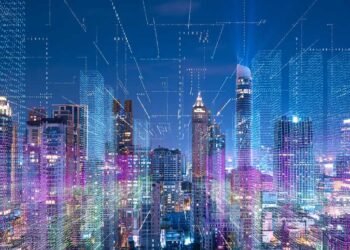The term “metaverse” has exploded into our collective consciousness, evolving from a niche science fiction concept into what many believe is the next frontier of the internet. It promises a future of interconnected, persistent, and immersive virtual worlds where we can work, play, socialize, and create in ways we’ve only imagined. But beneath the futuristic hype and dazzling visuals lies a complex and monumental challenge: building it. The metaverse isn’t a single application or game; it is a foundational layer for a new era of digital interaction. Understanding its architectural blueprint is crucial for anyone looking to build, invest in, or simply comprehend the scale of this emerging reality.
This is not about a single company’s virtual world. The true vision of the metaverse is an open, interoperable, and decentralized network, a successor to the mobile internet we use today. Constructing this digital universe requires a sophisticated “stack” of technologies, protocols, and standards, each layer building upon the last to create a seamless and cohesive experience. From the core infrastructure that provides the raw computing power to the economic models that will empower a new generation of creators, every element of this blueprint is vital.
This in-depth article will deconstruct the architectural layers of the metaverse. We will explore the foundational hardware, the networking protocols that will connect these worlds, the computing power that will render them in real-time, and the decentralized technologies that promise an open and equitable future. We will also delve into the platforms being built, the design principles for creating intuitive user experiences, and the burgeoning creator economy that will ultimately populate this new reality with content and value. This is your guide to the foundational engineering and design principles of building the next internet.
Layer 1: The Foundational Infrastructure
Before any virtual world can be rendered, a physical and tangible foundation must exist. This infrastructure layer is the bedrock of the metaverse, providing the essential hardware and connectivity that makes everything else possible. It is perhaps the least glamorous layer, but it is the most critical.
A. Hardware and User Devices: This is our entry point into the metaverse. It includes the ever-evolving array of devices that allow us to perceive and interact with virtual worlds. We are seeing rapid innovation in this space, moving from flat screens to more immersive hardware. This category includes: * Virtual Reality (VR) Headsets: Devices like the Meta Quest or Valve Index that completely immerse a user in a digital environment. * Augmented Reality (AR) Glasses: Technology that overlays digital information and objects onto the real world, such as Microsoft’s HoloLens. * Haptic Feedback Systems: Advanced suits, gloves, and peripherals that allow users to “feel” virtual objects and environments, adding a critical layer of sensory input. * Traditional Devices: We cannot discount the role of PCs, game consoles, and smartphones, which will serve as accessible, 2D gateways to the metaverse for billions of users.
B. Network and Communications: The metaverse demands a new level of network performance. For millions of users to interact in a shared, persistent, and high-fidelity virtual space in real-time, we need connectivity that is not just fast, but also offers extremely low latency and massive bandwidth. The key enabling technologies here are: * 5G and 6G Wireless: These next-generation mobile networks are essential for providing the low-latency, high-bandwidth connection needed for a seamless metaverse experience on the go. * Edge Computing: Instead of processing data in distant cloud centers, edge computing brings processing closer to the user. This dramatically reduces lag, which is crucial for believable real-time interactions and avoiding motion sickness in VR. * Fiber Optic Networks: The backbone of the internet, these networks will need to continue their expansion and upgrades to handle the immense data load the metaverse will generate.
Layer 2: The Computing and Decentralization Core
Once the physical infrastructure is in place, the next layer provides the raw computational power and the structural framework for how the metaverse will be governed and operated. This is where the virtual worlds are processed and where the foundational shift from a centralized to a decentralized internet begins.
A. Cloud and GPU Power: Rendering persistent, high-fidelity, and massively multiplayer virtual worlds requires an almost unimaginable amount of computing power. No single user device can handle this load. The solution lies in cloud computing, utilizing vast networks of powerful servers and Graphics Processing Units (GPUs) to handle the heavy lifting of physics simulations, rendering complex environments, and processing the interactions of millions of users simultaneously. Companies like NVIDIA, AWS, and Microsoft Azure are central to providing this computational muscle.
B. Decentralization and Blockchain: This is arguably the most revolutionary aspect of the metaverse’s architecture. The current internet (Web2) is dominated by a few large corporations that control our data and digital identities. The vision for Web3 and the metaverse is a decentralized one, built on blockchain technology. * Digital Ownership and NFTs: Non-Fungible Tokens (NFTs) are unique digital assets recorded on a blockchain. In the metaverse, NFTs represent true ownership of digital items—from virtual land and apparel for avatars to digital art. This creates a genuine economy where users, not platforms, own their assets. * Cryptocurrencies: These will serve as the native currencies of the metaverse, enabling permissionless, peer-to-peer transactions for goods and services within and across virtual worlds. * Decentralized Identity: Instead of having separate logins for every website and service, decentralized identity solutions will allow users to have a single, self-sovereign digital identity that they control and can use across the entire metaverse. * DAOs (Decentralized Autonomous Organizations): Many metaverse platforms will be governed by their users through DAOs, where token holders can vote on key decisions about the platform’s future, creating a more democratic digital society.
Layer 3: The Spatial Computing and Creation Engines
This layer contains the software and tools that bring the metaverse to life. It’s about creating the 3D, spatially aware environments and enabling a new generation of creators to build and populate these worlds.
A. 3D Development Engines: These are the powerful software suites that provide the framework for building interactive 3D worlds. They are the “digital construction kits” for the metaverse. The most prominent players in this space are: * Unreal Engine: Known for its photorealistic rendering capabilities, it’s a popular choice for high-fidelity gaming and cinematic experiences. * Unity: Praised for its versatility and cross-platform capabilities, Unity is a favorite among indie developers and is widely used for creating mobile and VR/AR applications.
B. World-Building and Asset Creation Tools: Beyond the core engines, a vast ecosystem of tools allows creators to design the assets that will fill the metaverse. This includes software for 3D modeling (Blender, Maya), texture creation (Adobe Substance), and avatar design. The rise of AI-powered tools is also democratizing this process, allowing users to generate 3D assets from simple text prompts.
C. Spatial Mapping and Integration: This part of the stack focuses on how the metaverse understands and interacts with the real world, which is especially important for AR applications. It involves technologies that can scan and create 3D maps of physical spaces, allowing digital objects to be convincingly placed and interact with the real environment.
Layer 4: The Experience and Discovery Layer

This is the layer that users will directly interact with. It encompasses the virtual worlds themselves and the systems that allow us to find and move between different experiences.
A. The Platforms and Worlds: This is the most visible part of the metaverse, featuring platforms that fall into different categories: * Gaming Worlds: Platforms like Fortnite, Roblox, and Minecraft are often considered proto-metaverses, with millions of users, in-game economies, and user-generated content. * Social Platforms: Decentraland and The Sandbox are leading examples of decentralized worlds built on blockchain, where users can buy land, build experiences, and govern the environment. * Enterprise and Work Platforms: Solutions like NVIDIA’s Omniverse and Meta’s Horizon Workrooms are focused on creating collaborative virtual spaces for industrial design, engineering simulations, and remote work.
B. Discovery and Interoperability: For the metaverse to succeed, it cannot be a collection of walled gardens. Users will need to seamlessly travel from one virtual world to another, taking their identity, friends, and assets with them. This requires open standards and protocols for avatars, digital assets, and communication—a challenge the industry is actively working to solve through organizations like the Metaverse Standards Forum. Discovery will function like a 3D search engine, allowing users to find new experiences, events, and communities.
C. The Creator Economy: The metaverse will be built not by a few large companies, but by millions of independent creators. This layer is about the economic engine that powers this creation. Platforms will provide tools for users to design and sell virtual clothing, build and monetize games and attractions, host events, and offer services. This will unlock new forms of entrepreneurship and empower a global creator class.
Engineering a New Existence
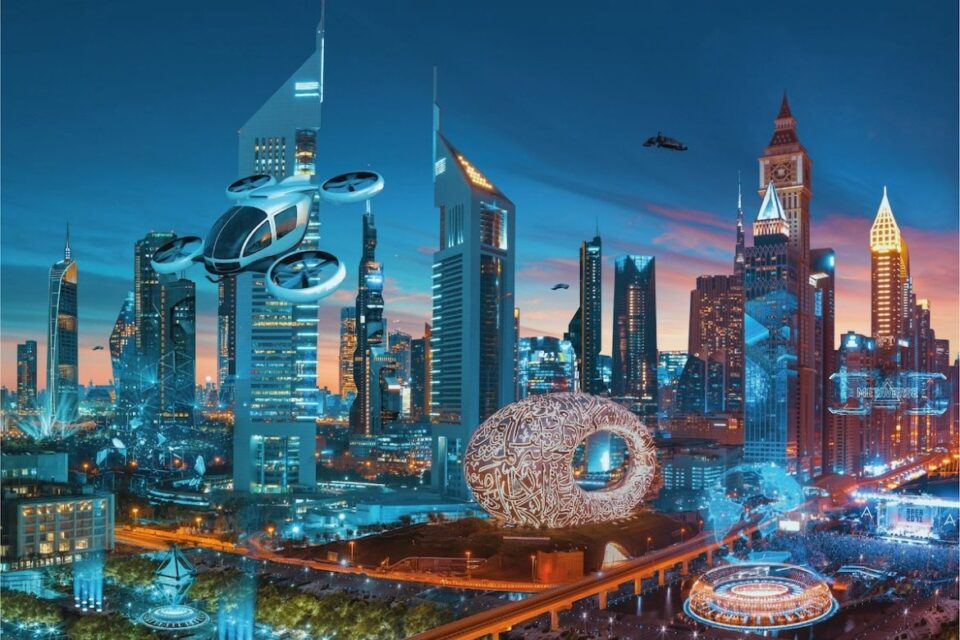
The architectural blueprint of the metaverse is a testament to the ambition of its vision. It is a multi-decade project that requires unprecedented collaboration and innovation across hardware, networking, software, and economic design. While we are still in the early days, the foundational layers are being laid by a global community of developers, creators, and visionaries.
Building the metaverse is far more than creating a better video game; it is about engineering the next platform for human connection and economic activity. It is a shift from an internet we look at to an internet we are inside of. By understanding its complex architecture, we can appreciate the immense challenges that lie ahead, but also the limitless potential of the persistent, interconnected, and decentralized reality we are beginning to build.

